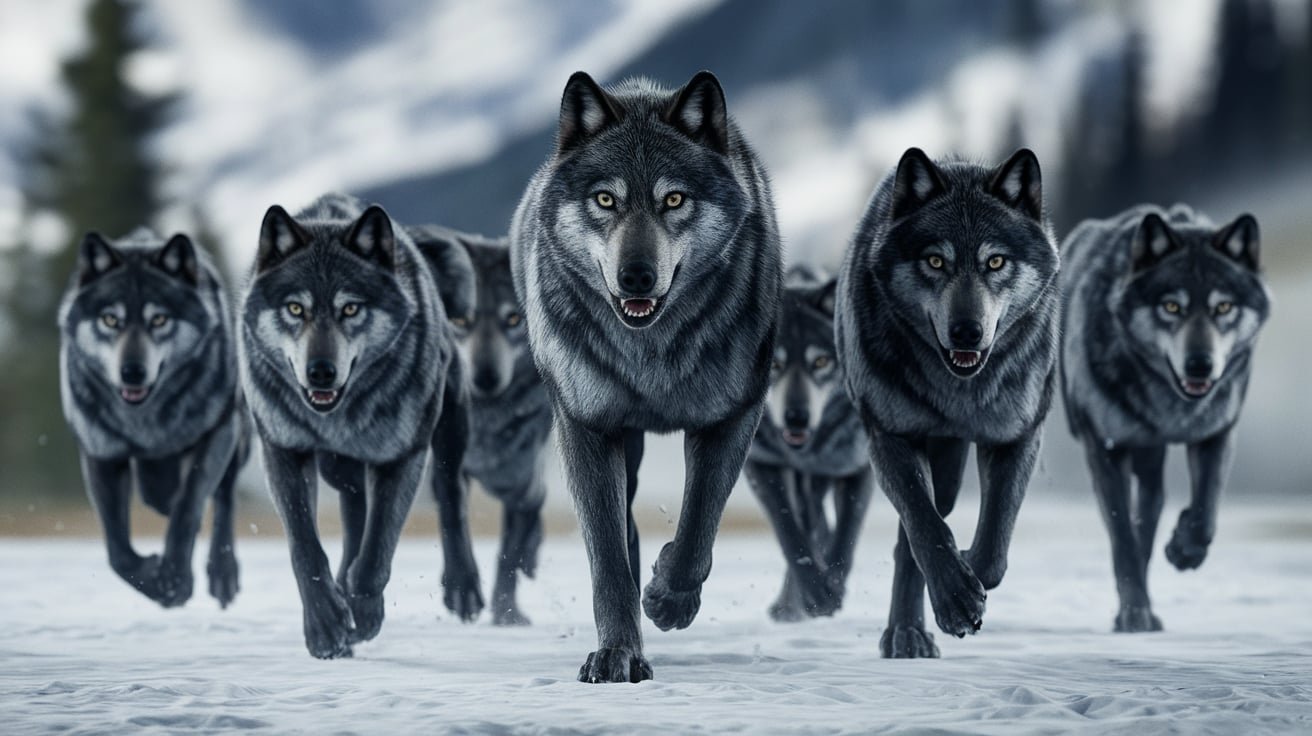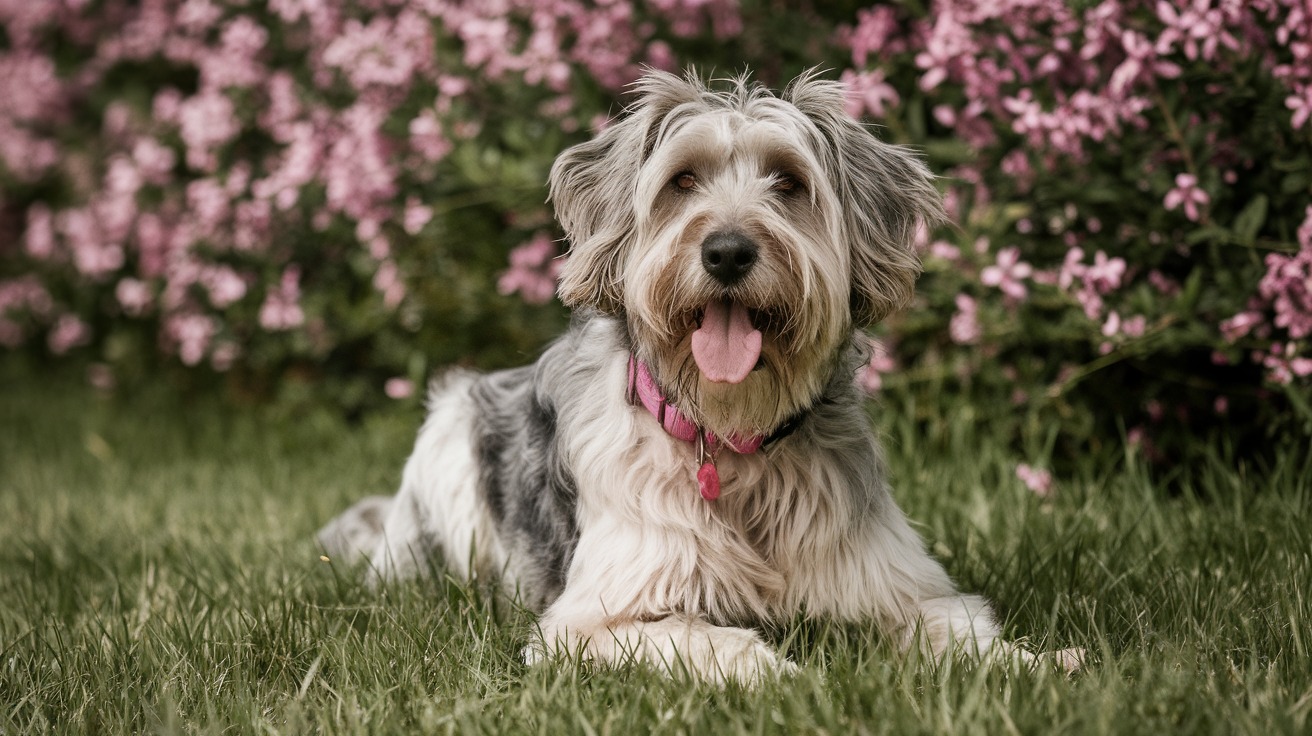Introduction To Scary Dogs
Dogs are known as “man’s best friend,” but some dogs, particularly certain breeds, often get labelled as scary or dangerous. But is the breed itself truly frightening, or is it how the dogs have been raised and trained? In the UK, specific regulations exist, and many people debate so-called dangerous dogs, which leaves potential owners confused about what’s true and what’s sensationalized.
In this article, we’ll explore the facts and myths behind scary dogs, share personal stories from dog owners, and guide you through everything from choosing the right breed to proper training. By the end, you’ll feel more confident and perhaps see these dogs in a whole new light.
Why Are Some Dogs Considered as Scary Dogs?
The media often plays a significant role in shaping public opinion. Certain breeds, like Pit Bulls, Rottweilers, and Staffordshire Bull Terriers, are often featured in stories about attacks, which paints a negative image. However, it’s important to understand that no dog is born dangerous.
Common Misunderstood Breeds
- Pit Bull Terrier: Often banned in several countries, including parts of the UK, Pit Bulls have developed a reputation as aggressive dogs as well as scary dogs. But are they really more dangerous than any other breed? Not necessarily. Many owners find them to be loyal and loving.Anecdote: I once met a Pit Bull named Rocky. He was enormous, and I’ll admit, I was a little scared. But after a few minutes, he was rolling over, begging for belly rubs like a puppy. His owner explained that Rocky was raised with care and love, which made all the difference. [Learn more about Pit Bulls].
- Rottweiler: People often view Rottweilers as aggressive guard dogs due to their strong build and protective nature. But they can show incredible affection and are often used as family pets. Anecdote: A friend of mine has a Rottweiler named Luna. I remember visiting their home, and she leaned her huge body into me for cuddles as a greeting. Luna is protective of her family, but she’s also one of the sweetest dogs I’ve met.
- Staffordshire Bull Terrier (Staffy):People frequently misunderstand Staffies due to their muscular appearance. However, many people know them to be great with children, earning Staffies the nickname “nanny dogs.””Anecdote: My neighbor owns a Staffy named Milo, and every time I walk past, he wags his tail so hard it looks like his whole body is shaking. He’s playful, loves people, and has never shown any aggression. [Learn more about Staffies].
Legal Considerations in the UK
In the UK, there are laws in place to protect the public from dangerous dogs. The Dangerous Dogs Act 1991 outlines the banned breeds and the consequences owners face if they fail to control their dogs. It’s important to be aware of these rules before choosing a breed.
Banned Breeds in the UK
- Pit Bull Terrier
- Japanese Tosa
- Dogo Argentino
- Fila Brasileiro
If you own one of these breeds or a crossbreed resembling them, you could face legal consequences. For more information on banned breeds, visit the UK Government website.
How to Properly Train a “Scary” Dog
While some dogs may have the physical appearance that intimidates, proper training and socialisation can make a world of difference. Whether you’re considering adopting a Rottweiler or a Staffy, training is crucial for ensuring your dog behaves well in different situations.
Step-by-Step Guide to Training:
- Start Early: The earlier you begin training, the better. Puppies are more receptive to learning new commands and socialising with other dogs and people.Anecdote: I adopted a Rottweiler puppy named Zeus, and from day one, we started with basic commands. “Sit,” “Stay,” and “Come” were the first ones we mastered, and Zeus caught on so quickly! Starting early made all the difference.
- Use Positive Reinforcement: Dogs respond better to praise and treats than punishment. Rewarding good behaviour encourages your dog to continue it.
- Socialisation is Key: Introduce your dog to a variety of environments, people, and other animals to reduce their anxiety in unfamiliar situations.
- Seek Professional Help: If you’re struggling with training, don’t hesitate to hire a professional dog trainer. They can provide specialised guidance tailored to your dog’s breed and temperament.
For more information, check out this step-by-step guide on dog training.
How to Choose the Right Dog for You
If you’re considering bringing a dog into your home, don’t let a breed’s reputation scare you away. It’s essential to consider your lifestyle, experience with dogs, and willingness to train.
Questions to Ask Yourself:
- Do I have enough time to train a dog?
- Do I have the space for a larger breed?
- Am I willing to commit to regular exercise and socialisation?
Certain breeds, like German Shepherds and Rottweilers, may need more attention and training than others. But with the right approach, they can become wonderful companions.
Conclusion: Don’t Judge a Dog by Its Breed
In the end, it’s essential to remember that dogs, like humans, are individuals.Some breeds have gained a reputation for being ‘scary,’ but this often comes down to how owners train and treat them. By understanding these dogs better, you can make an informed decision about adopting one and give them the love they deserve.



